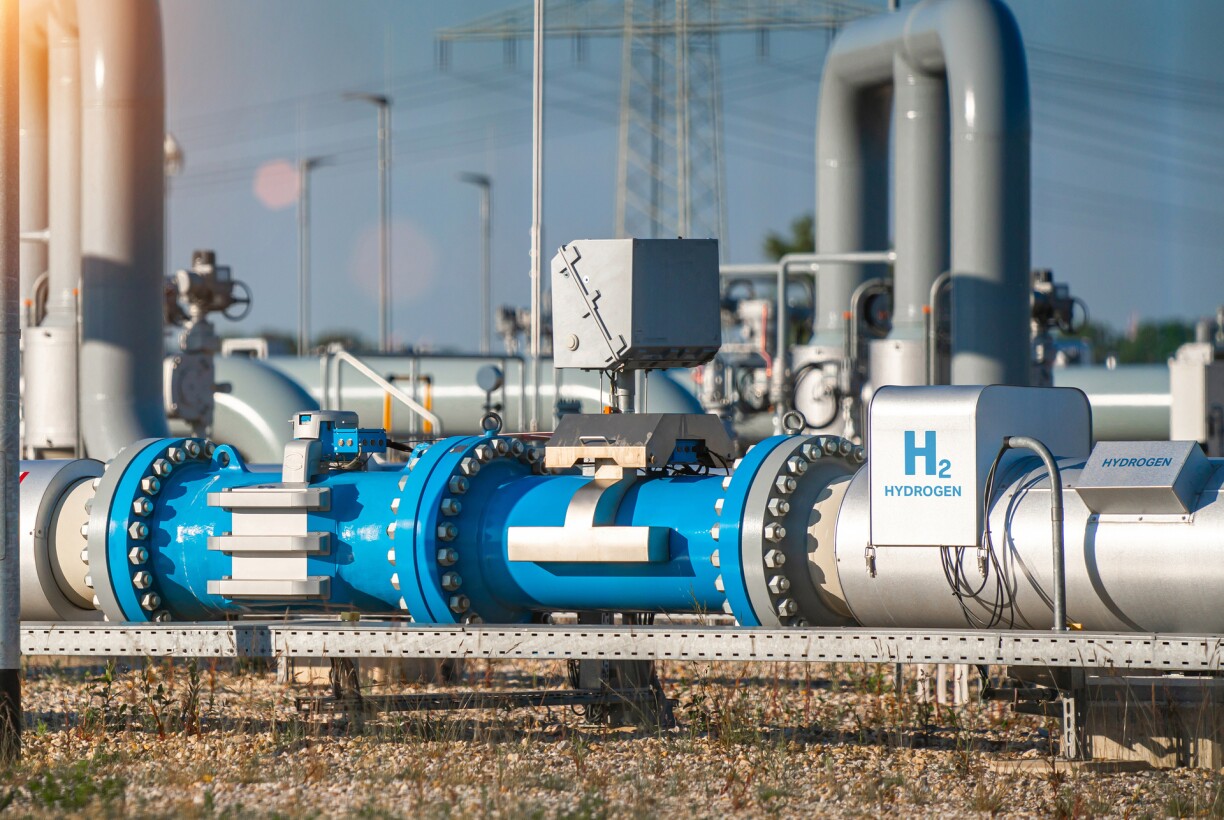
Will hydrogen one day take over as the new coal?
While the last coal mines closed 20 years ago, Lorraine might now be hoping for an industrial revival with this major discovery. La Française de l’Energie, a low-carbon energy producer, has announced the discovery of significant concentrations of natural hydrogen (also known as ‘white’ or ‘native’ hydrogen) in wells in Lorraine.
Philippe de Donato and Jacques Pironon made this major discovery almost by chance as part of the Regalor (an acronym for Lorraine Gas Resources) research project, which is conducted in collaboration with the University of Lorraine and the French National Centre for Scientific Research (CNRS). Initially, their mission was to quantify the methane present in the Lorraine subsoil.
This gas, also known as firedamp, was once the terror of coal miners because of the deadly explosions it might trigger. And the first piece of good news is that it is present in very large quantities. “It is estimated that there are 371 billion tonnes of methane under our feet. That’s about eight years’ worth of gas consumption in France,” explains De Donato.
To carry out their mission, the researchers developed a unique gas-analysing probe in collaboration with Solexperts, capable of descending to a depth of more than 1,000 metres in a well just six centimetres in diameter.
In a borehole at Folschviller, the two researchers took measurements at various depths. To their great surprise, they found that the subsoil contained not only the expected methane, but also increasing quantities of hydrogen. From less than 1% at a depth of 100 metres to between 14% and 17% at a depth of 1,093 metres.
“We estimate that the maximum concentration of hydrogen, in excess of 90%, should be found at a depth of 3,000 metres,” explains Pironon.
The researchers’ hypothesis is that there is a veritable underground hydrogen factory as the subsoil is rich in ferrous carbonates, which react with the water present at these great depths to form the sought-after element.
“This reaction is still going on right now, so we can talk about a truly renewable energy source,” argues De Donato.
In March, La Française de l’Energie applied for an exclusive licence to search for natural hydrogen in the Lorraine coalfield, which covers an area of 2,254 square kilometres in the Moselle and Meurthe-et-Moselle departments.
In short, Lorraine might well become one of the largest reservoirs of natural hydrogen in the world. This discovery still needs to be confirmed with deeper drilling before initiating large-scale local production of natural hydrogen in the Grand-Est region.
Specialists estimate “that the hydrogen markets in France should generate sales of several billion euros a year over the next ten to 15 years, creating more than 10,000 jobs”.
Hydrogen has the immense advantage of emitting no greenhouse gases when it is consumed to generate energy. Only water (H2O) is produced when it combines with oxygen. It can therefore be used in electric vehicles equipped with fuel cells, which use it to produce electricity and thereby increase the often limited range of an electric car.
Hydrogen is currently almost entirely produced from polluting fossil hydrocarbons (gas, oil, coal, etc.). This means that it is not very efficient, except when it comes to cleaning up cities. However, it can also be produced by using water catalysts that consume renewable electricity or by extracting hydrogen from biogas, which can also be obtained from renewable resources.
But, these so-called “clean” solutions for producing hydrogen are not yet competitive. And that is where white hydrogen might become a real revolution.
The discovery has great potential, but there is still a lot of innovation required before natural hydrogen can be used on a large scale as the sector is still in its infancy.